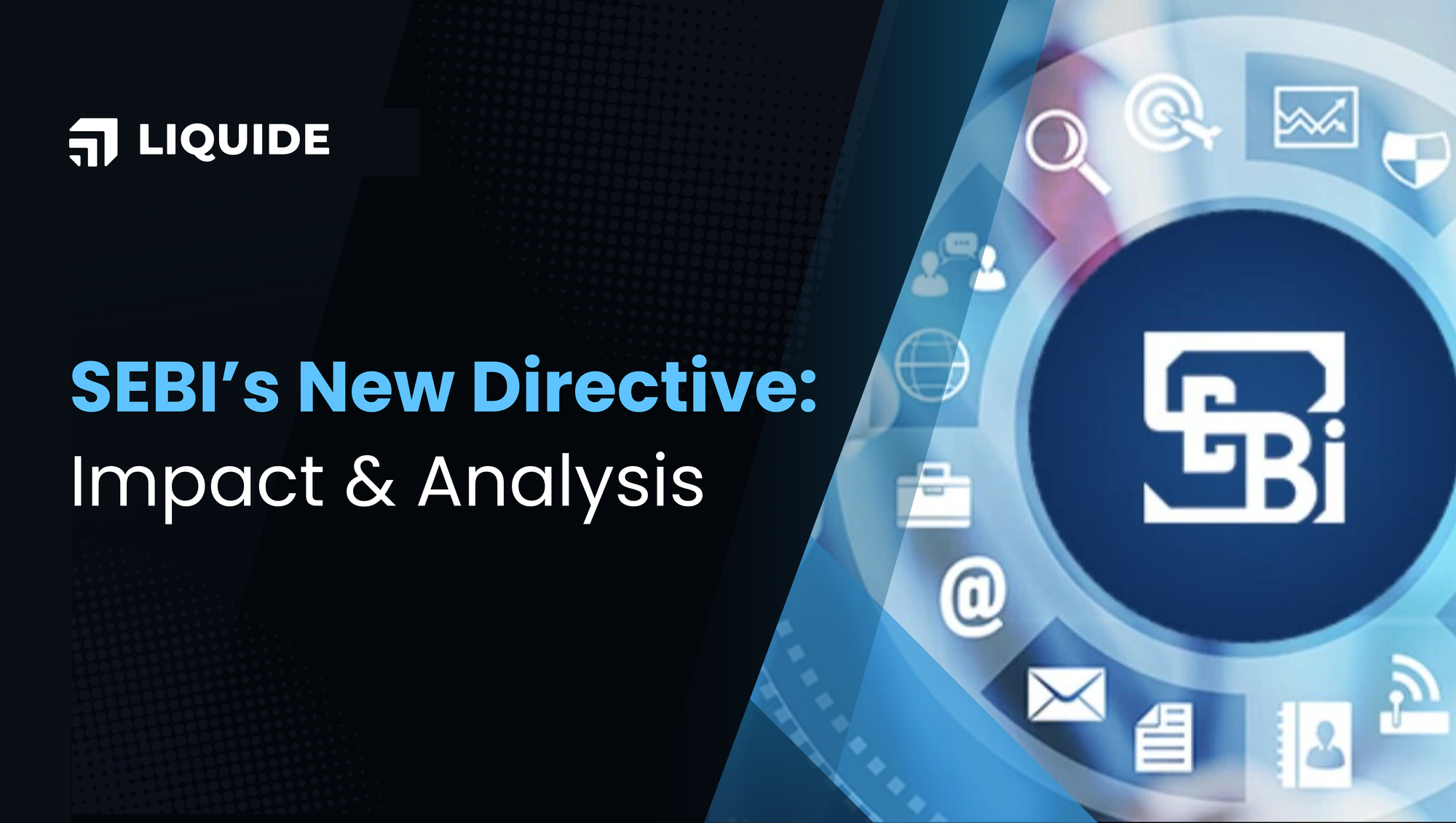SEBI's New Directive on Uniform Pricing: Impact and Analysis
Discover the impact of SEBI's new directive for uniform pricing, its impact on stock exchanges, brokers, and traders.

Market regulator Securities and Exchange Board of India (SEBI) has issued a new directive to stock exchanges and other market infrastructure institutions (MIIs) to implement a uniform pricing structure for all members. This new rule prohibits the offering of discounts based on trading volumes or activity levels, marking a significant shift from the previous tiered pricing models.
Understanding Uniform Pricing and Its Implications
Currently, MIIs like exchanges and depositories impose transaction and depository fees on brokers using a slab-wise structure. Brokers similarly charge their clients using slabs, but they typically collect these fees daily, whereas MIIs tally up monthly charges from their members. This results in brokers collecting more from their clients by the end of the month than what they owe to MIIs, due to the tiered benefits. Discount brokers benefit significantly from this system, earning 15-30% in transaction charge discounts, while deep discount brokers can earn up to 50-70%.
However, SEBI's recent mandate insists on charging a flat rate for all transactions, calculated based on the average realization from past discounts. This shift aims to standardize trading costs across all participants, potentially lowering the total cost of trade for the average investor but increasing it for high-frequency and algorithmic trading entities.
Impact on Brokerage Revenue
The new uniform pricing model may impact the earnings of discount brokers, who have traditionally relied on transaction fees as a substantial revenue source, particularly given their large retail customer base and generally smaller transaction sizes. For instance, Angel One earned ~Rs 400 crore in revenue from these fees in FY24. Zerodha earns ~10% of its revenue from these rebates. Nonetheless, brokers might mitigate this effect by adjusting their brokerage fees upward.
Effects on Retail Trading Costs
For retail investors, the move to a flat pricing model is likely to lower transaction costs. Under the previous volume-based pricing scheme, less frequent traders often faced higher per-transaction charges. The new flat rate ensures that all traders, regardless of transaction volume, will face the same costs, effectively equalizing the financial burden across all investor classes.
Changes for High-Frequency and Algorithmic Traders
For high-frequency trading (HFT) firms and algorithmic traders, this adjustment means a significant change. These traders typically rely on a variable cost structure, predicting and leveraging their high volumes to reduce average trading costs. With the abolishment of volume-based discounts, these traders will face higher transaction costs, which may lead them to increase their trading spreads. This adjustment could potentially reduce the competitiveness of HFT firms and affect their operational dynamics.
Broader Impact on Market Volumes and Exchange Earnings
Without the incentives provided by a tiered pricing model, the volume of transactions, especially in options and other derivatives heavily traded by algorithms, might decrease. The increased cost per transaction could discourage the high volumes previously generated by HFT firms, possibly leading to narrower market spreads and less liquidity.
For the stock exchanges themselves, the initial impact of SEBI’s uniform pricing rule may be neutral, as they recalibrate their earnings based on the new average transaction cost. However, any long-term decrease in trading volumes, particularly from HFT and algorithmic traders, could reduce overall turnover and negatively affect exchange revenues.
Conclusion
The introduction of uniform pricing by SEBI marks a pivotal change in the trading landscape. While it aims to create a fairer trading environment for all participants, the long-term effects on market dynamics, participant behaviour, and exchange operations remain to be fully seen.
Stay ahead in the world of finance with the most relevant business news and market updates. Unlock the potential of informed investing with Liquide, featuring pioneering tools like LiMo, an AI co-pilot for stock investing. Available on both Google Play Store and Apple App Store, Liquide offers up-to-date market analysis, expert recommendations, and real-time insights to guide your investment decisions. Download today and enhance your financial journey with Liquide's cutting-edge features.

